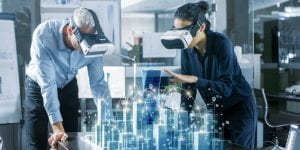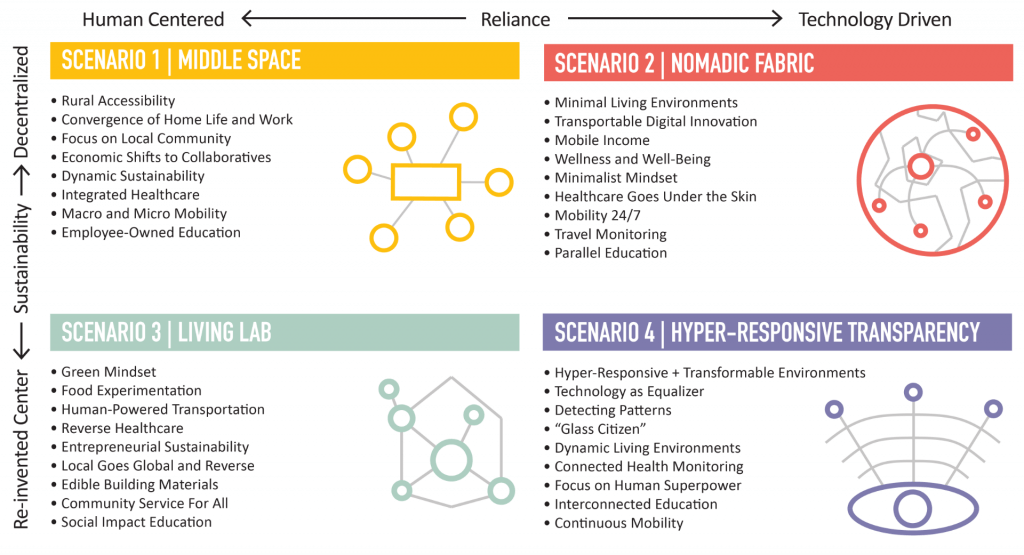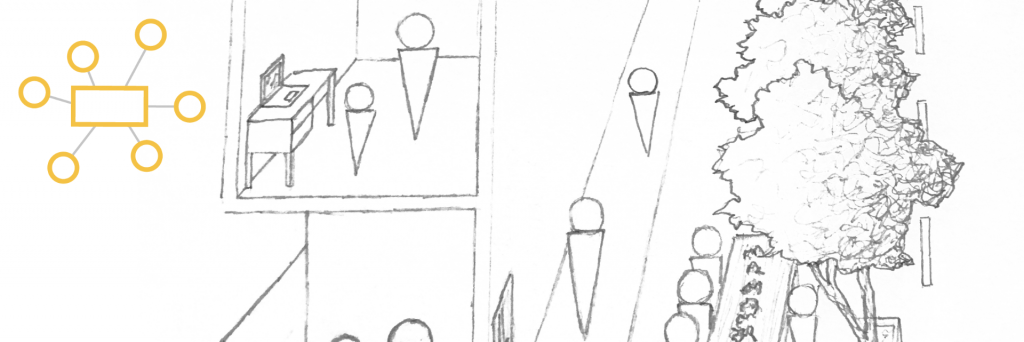
Sketch by: Emma Perry
Neighborhoods, small towns and villages are experiencing unique new pressures accelerating a decentralization of populations, infrastructures, and services. Rural middle spaces represent a network of mesh points formed through collaborations across rural and suburban areas. Middle spaces serve as multiple small decentralized hubs rather than large urban centers. A network of high-quality nodes evolves offering recreational and economic potential everywhere. Middle spaces provide new opportunities for the community and individuals to engage and access services within short distance range. What used to happen “in the city” is now happening everywhere. Cultural offerings will follow providing dynamic access to everything the city used to offer.
This can be observed in several areas:
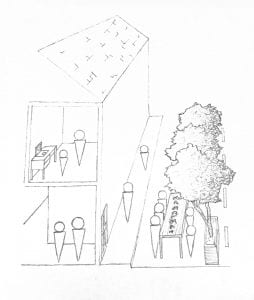 RURAL ACCESSIBILITY
RURAL ACCESSIBILITY
Municipalities continue to increase their digital infrastructures. High-tech replacements for in-person activities are preferred at this point, putting robotics, VR and AI technologies at the core of innovation harvesting the best talent for a company’s workforce. Digital accessibility goes up tremendously as new technologies are bringing the internet to every corner of the world.
CONVERGENCE OF HOME LIFE AND WORK
Make-shift offices in home environments initially sufficient are now replaced with a radical re-imagination of what living and working in one space will look like in the future. Homes are being reconfigured to provide dynamic floor plans and spaces suitable for work and learning separated from the rest of the family as needed. Independent work hubs are available in middle spaces offering professional contacts, technology and services outside of the home and a work environment with colleagues from different industries and companies.
FOCUS ON LOCAL COMMUNITY
Being home for almost 100% of the work week redirects people’s time, energy and focus to their immediate neighborhood and creates the inspiration and commitment to be locally involved. People are getting to know others in the neighborhood, understanding their routines, crossing paths and being able to support each other. The chance encounters expand new relationships and with this, new opportunities on a personal and professional level. These interactions create a new shared commitment to explore and strengthen the place we all inhabit.
ECONOMIC SHIFTS TO COLLABORATIVES
Resources are found or created locally leading to a thriving regional economy. The trust in national and global supply chains is irreparably destroyed and many communities and individuals have started to form collectives while also supporting local businesses such as local farms. Many citizens grow their own food and simply coordinate with neighbors produce creating a reciprocity cycle of production, repair and lending, sharing mindset and contributing to a neighborhood without walls. Keeping food distribution local with short distribution patterns especially in and to middle spaces.
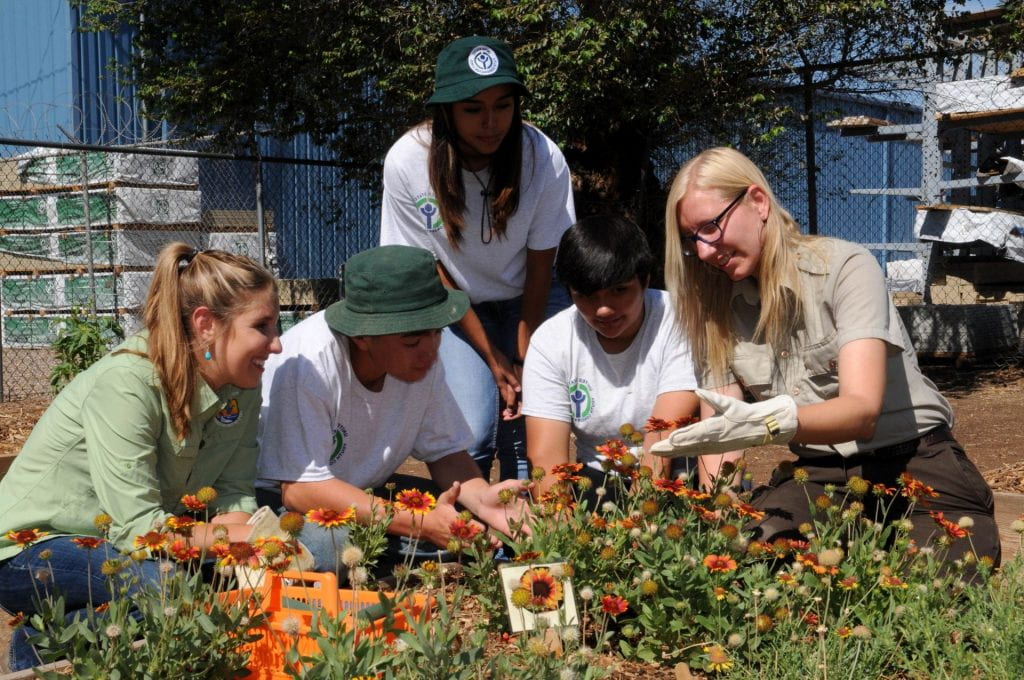
Photo by Billings Brett, USFWS on pixnio.com
https://bit.ly/3fqH5sL
Municipalities have transitioned to renewable energies taking advantage of solar, wind, and water and aiming to achieve carbon-neutrality while iterating new ways to live sustainably.
INTEGRATED HEALTHCARE
Telemedicine is a normal occurrence and the first access point to receive medical advice. The typical middle space does have emergency services, specialists and stand-by surgeons in case the general care is not sufficient while also embracing advances in technology and AI, remote and mobile diagnostics and treatments. The healthcare systems are integrated seamlessly, and a patient’s medical history is connected to the patient and not to the healthcare provider making it easier to receive holistic care across all providers from homeopathy, physical therapy, to medical treatments. Medicine is a shared resource rather than a business model; Social and psychological determinants of health are taking seriously, and medicine is integrated with research to be able to continue to improve.
MACRO AND MICRO MOBILITY
Limited travel and commute with private automobiles cause the highway system to become obsolete and a questionable expense. Citizens envision other ways to better use these spaces. With a more robust development of a national transit system connecting major hubs and dispersing to middle spaces through car or bike sharing the mindset of mobility has shifted. Private ownership of smaller vehicles has been replaced by a network of shared accessible transportation that is available when and where needed.
SOCIAL IMPACT EDUCATION
Universities and colleges are offering hybrid and remote options as a standard practice. Middle spaces serve as an opportunity to congregate and collaborate in person on projects on real local challenges and with local organizations. University campuses are decentralized and offer classrooms in all middle spaces. K-12 schools remain localized and also offer hybrid options to shift towards a more meaningful applied learning model with project-based education tackling local challenges for civic and social impact rather than simply delivering knowledge. Higher Education is made available for all at no or very low cost.
EMPLOYEE-OWNED EDUCATION
Universities and colleges are entirely decentralized. Only few large universities exist as umbrella universities and are affiliated with many smaller entities across the country. Local community members manage the educational operation, any offerings, collaborate across the university-wide network and with external partners extensively. The smaller, de-centralized organizations are 100% employee-owned, which creates a strong commitment to thought leadership locally, across the university-wide network and well beyond to impact globally.


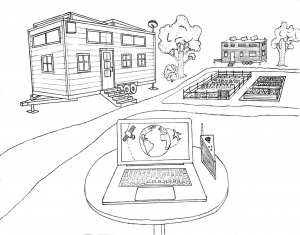 Housing is affordable and flexible. People can choose between high-density developments close to transit and cultural centers. The separation between the inner city and the periphery is dissolving. For those who prefer remote locations, mini houses and tents are a preferred way to live lightly on the land. Owning homes has made place to co-op systems based on land trust models that are inclusive and community-oriented. Modular and mass-customizable housing units are ubiquitous and make it easy to move to a similar configuration of spaces elsewhere. Work and life are combined into layered architectures that allow togetherness and separation as needed.
Housing is affordable and flexible. People can choose between high-density developments close to transit and cultural centers. The separation between the inner city and the periphery is dissolving. For those who prefer remote locations, mini houses and tents are a preferred way to live lightly on the land. Owning homes has made place to co-op systems based on land trust models that are inclusive and community-oriented. Modular and mass-customizable housing units are ubiquitous and make it easy to move to a similar configuration of spaces elsewhere. Work and life are combined into layered architectures that allow togetherness and separation as needed. 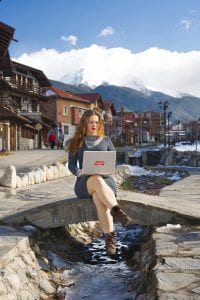
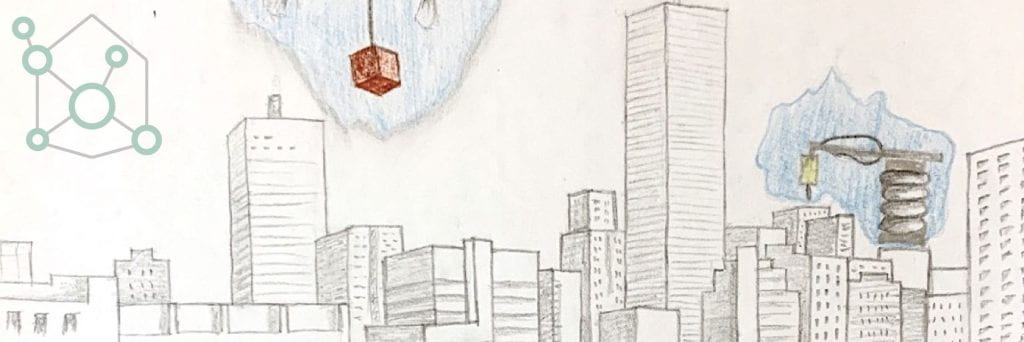

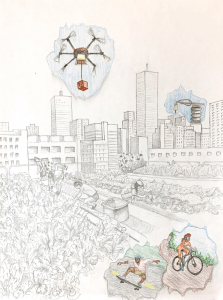 Every two months the community comes together to clean the public spaces of the city. From landscaping and maintaining green spaces to picking up trash it is expected that every citizen contributes and thus identifies with their living environment. There is a broad system of services people can provide for the community, all of which encourage getting to know each other and to collaborate.
Every two months the community comes together to clean the public spaces of the city. From landscaping and maintaining green spaces to picking up trash it is expected that every citizen contributes and thus identifies with their living environment. There is a broad system of services people can provide for the community, all of which encourage getting to know each other and to collaborate. 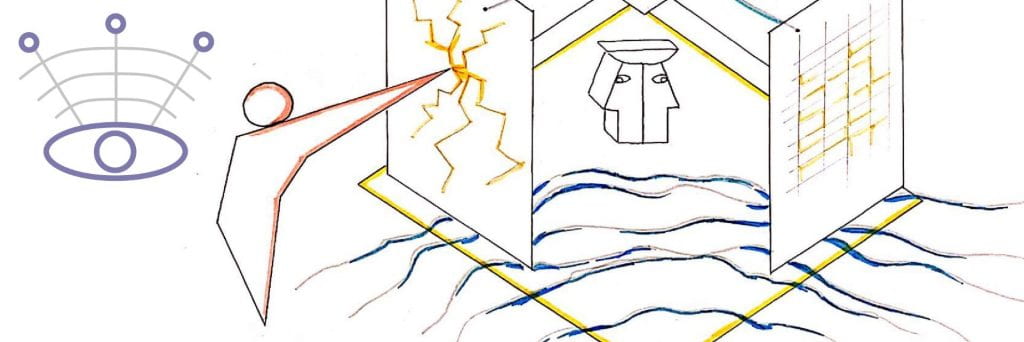
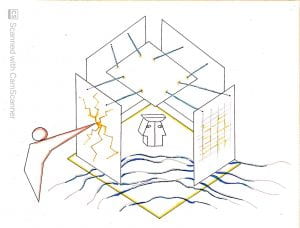 Since technology is so pervasive, governments and companies can control and track their citizens. This can pose not only a serious cyber threat on a systems level, but also creates a “glass citizen”. Personal data and information is easily accessible and various personal and public devices and technologies interact with each other 24/7. Ethical issues become more apparent and challenging to balance with the need to stay proactive in the event of major disasters or impeding crisis.
Since technology is so pervasive, governments and companies can control and track their citizens. This can pose not only a serious cyber threat on a systems level, but also creates a “glass citizen”. Personal data and information is easily accessible and various personal and public devices and technologies interact with each other 24/7. Ethical issues become more apparent and challenging to balance with the need to stay proactive in the event of major disasters or impeding crisis. 